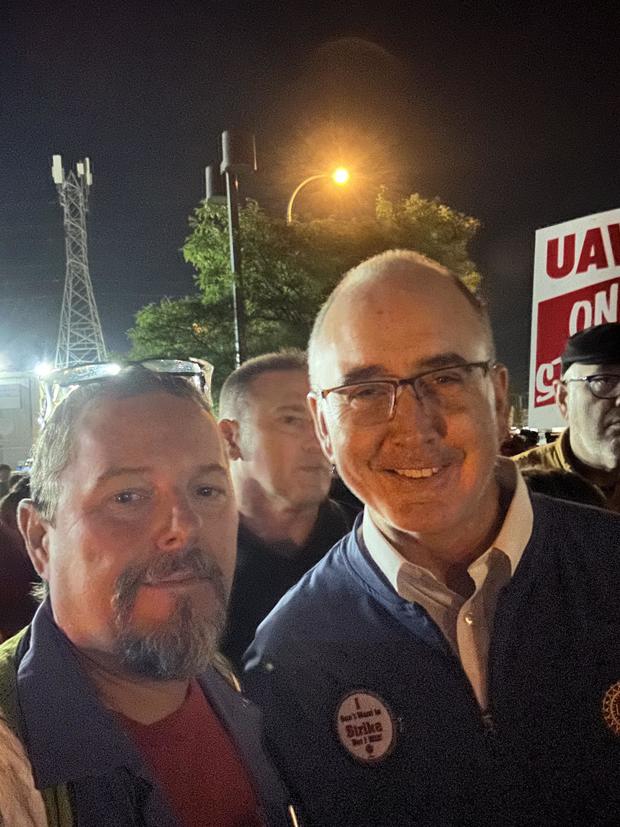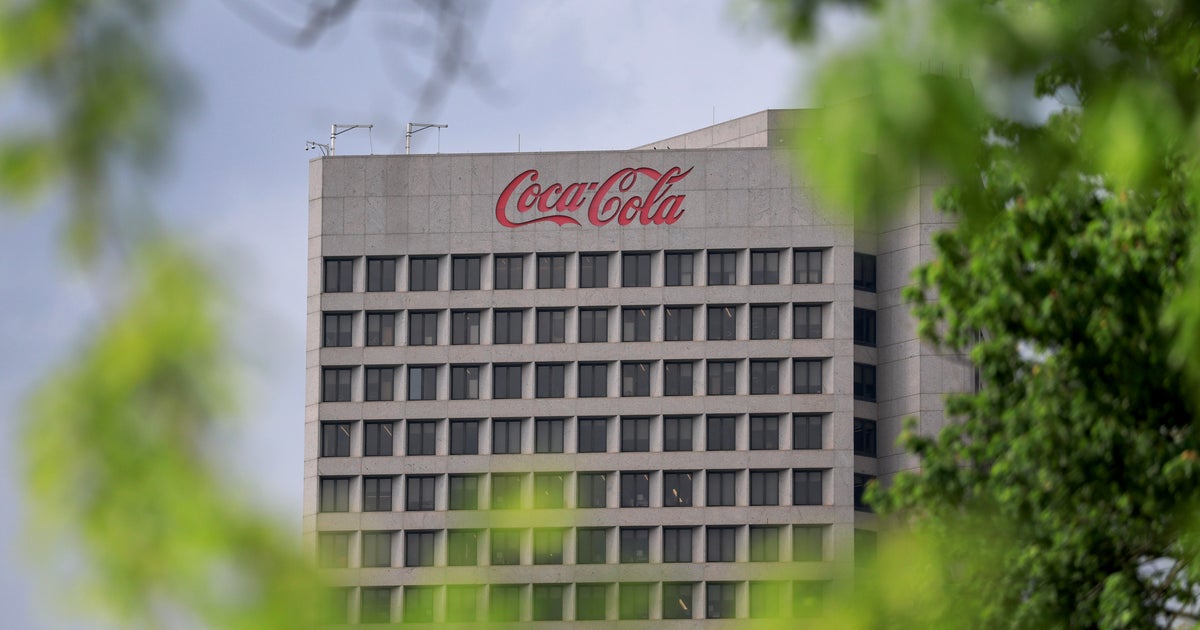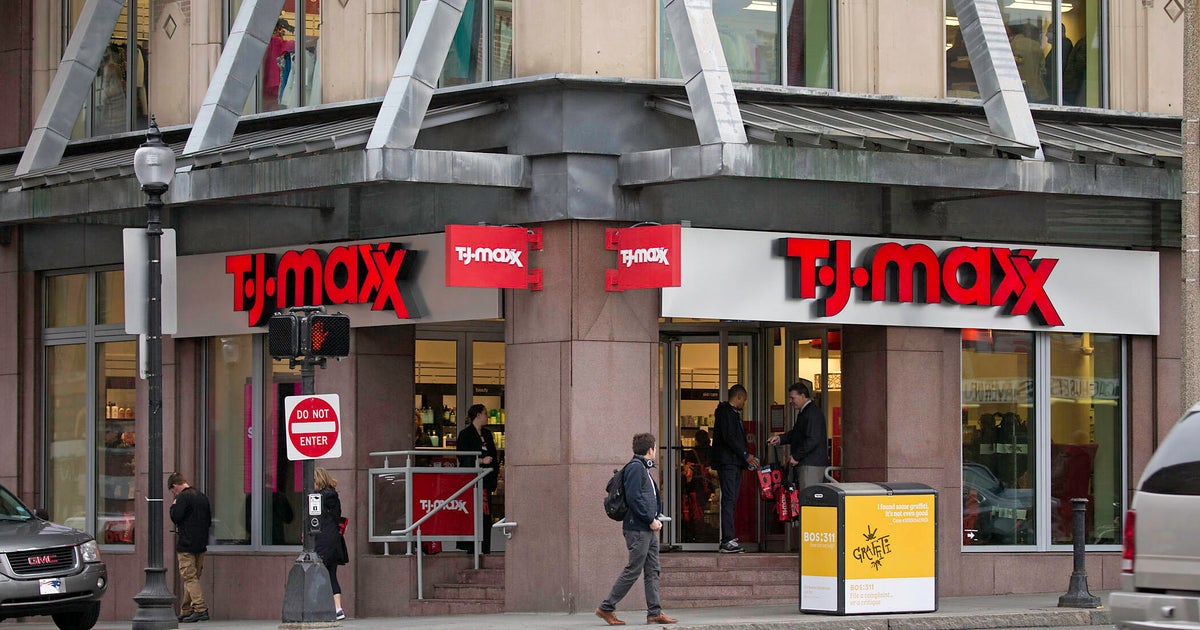Ford temporarily lays off hundreds of workers at Michigan plant where UAW is on strike
Ford Motor said it had temporarily laid off 600 non-striking workers at its assembly plant in Wayne, Michigan, only hours after other employees at the facility had walked off the job early Friday as part of the United Auto Workers' historic strike against the Big Three automakers.
The labor union launched targeted work stoppages at the plant, along with a General Motors factory in Wentzville, Missouri, and a Stellantis plant in Toledo, Ohio, after failing to reach a new labor agreement with the automakers by a Thursday night deadline.
Ford said in a statement that the layoffs in Wayne are tied to the UAW work stoppage, the first time in the union's history that it has simultaneously launched strikes at all three automakers.
"This layoff is a consequence of the strike at Michigan Assembly Plant's final assembly and paint departments, because the components built by these 600 employees use materials that must be e-coated for protection," Ford said in a statement Friday. "E-coating is completed in the paint department, which is on strike."
Wayne, Michigan, with a population of roughly 17,000, is a suburb about 45 minutes west of Detroit consisting mainly of blue-collar and middle-class families. The Ford plant employs about 3,300 workers, most of whom make Bronco SUVs and Ranger pickup trucks.
UAW President Shawn Fain visited the Wayne plant Friday and said the strike will continue until Ford, GM and Stellantis (which owns Chrysler, Dodge, Jeep and RAM, along with foreign brands such as Peugeot and Open) lift worker wages and improve job security.
Pete Gruich, 56, who has worked at the Wayne factory for 25 years, said working on the assembly line is "hectic, and there's no down time."
"When somebody takes a day off at final [assembly], it takes two people to do that job, sometimes three, because the jobs are so overloaded," he added.
Gruich said there is division among employees between those who make higher-tier wages and the ones who earn less. That's because lower-tier employees have always been under the impression that they would elevate to the upper tier once a higher paid worker has retired, but that rarely happens, he said.
Tensions were high at the plant for weeks leading up to the strike, Gruich said. On Thursday night, employees represented by UAW's Local 900 got little work done because management took vehicles off the line as employees were eager to see how labor negotiations would play out, he said.
"We basically just sat the whole night until 10 p.m. when Fain decided to strike half of our plant," he said.
Once outside, the chants in support of the strike began, said Gruich, who noted that the younger workers were generally more animated, while people with more seniority took in the scene in silence.
Fain hasn't said why UAW leadership chose the Wayne plant to strike. Gruich said he thinks it's because workers at the facility also make parts of seven other plants in the Midwest that produce the Ford Escape, F-250 and F-350 vehicles as well as dashboards for the F-150. The parts manufacturing side of Wayne is still operating, but the union could ask those workers to walk out as well, Gruich said.
"After like a week or two of Ford not negotiating, they'll end up shutting down the rest of the plant," he predicted. "And that will in turn shut down six or seven other plants."








